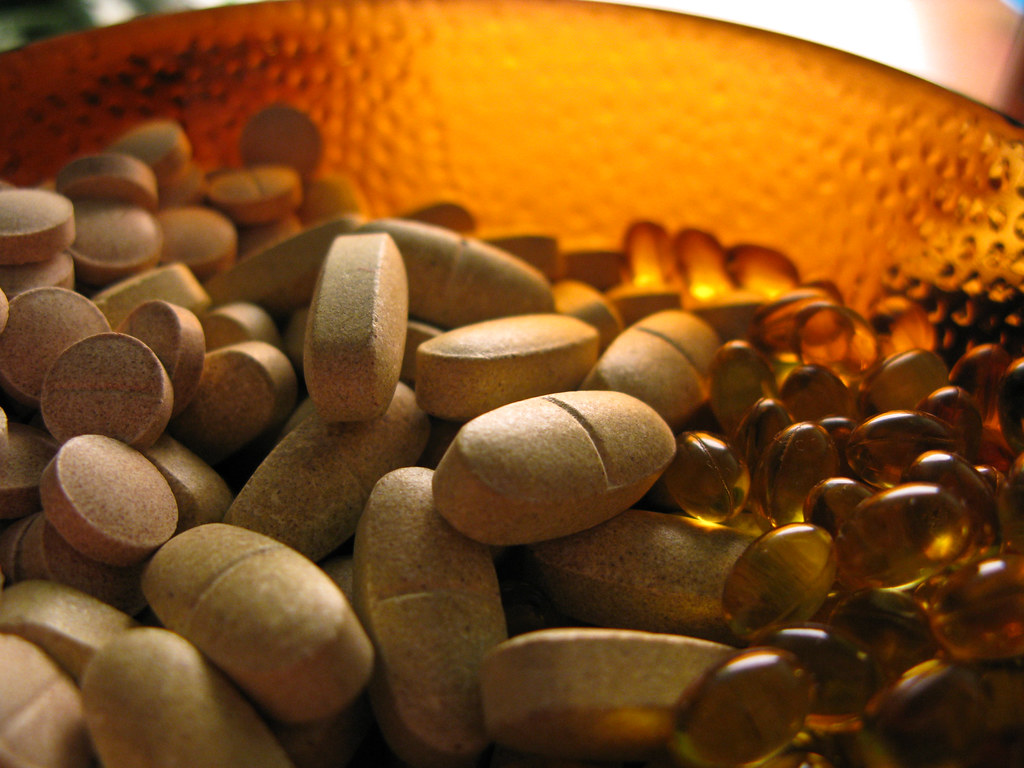
Vitamins are organic molecules that are absolutely essential for an organism to function metabolically. Unlike some other nutrients, most vitamins cannot be synthesized by the human body in sufficient quantities for survival, meaning they must be obtained through our diet. These vital compounds are often not single molecules but groups of closely related molecules called vitamers, each playing a critical role in maintaining health.
Throughout history, the recognition of specific foods’ ability to maintain health predates the scientific discovery of vitamins themselves. For instance, the ancient Egyptians understood that consuming liver could alleviate night blindness, a condition we now know is directly linked to a deficiency in Vitamin A. The absence of these crucial dietary components historically led to severe deficiency diseases, highlighting their indispensable nature for human well-being.
Today, while severe deficiencies are less common in the developed world due to improved diets and food fortification, it’s still possible for individuals to consume less than the recommended amounts of certain vitamins. Understanding the specific warning signs of these deficiencies is crucial, especially when lifestyle factors, such as diet quality during winter months or specific health conditions, might impact nutrient intake and absorption. This guide will help you recognize these important indicators.
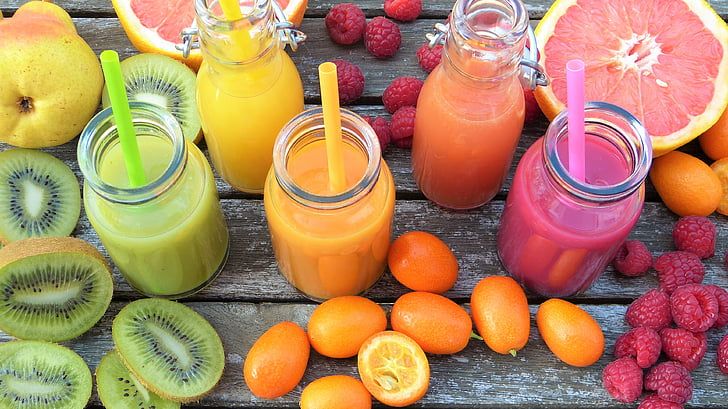
1. **Vitamin A (all-trans-retinols, carotenoids)**Vitamin A is a fat-soluble vitamin primarily known for its role as a regulator of cell and tissue growth and differentiation. It is critical for maintaining healthy vision, immune function, and skin integrity. The body stores Vitamin A in significant amounts, mainly in the liver, which means a deficiency may take many months to manifest even if dietary intake is consistently low.
When Vitamin A intake is insufficient, several distinct warning signs can emerge. The most historically recognized symptom is night blindness, where an individual struggles to see in low-light conditions. This reflects Vitamin A’s crucial involvement in the visual processes within the eye. Less severe, but still significant, signs include hyperkeratosis, characterized by thickened, rough skin, and keratomalacia, a serious eye condition that can lead to corneal damage and blindness.
Good dietary sources of preformed Vitamin A include fish, liver, and dairy products. Plant-based sources provide provitamin A carotenoids, such as alpha-carotene, beta-carotene, gamma-carotene, and beta-cryptoxanthin, which the body can convert into Vitamin A. These are abundant in orange, ripe yellow fruits, leafy green vegetables, carrots, pumpkin, and spinach, offering diverse options to ensure adequate intake and prevent deficiency symptoms.
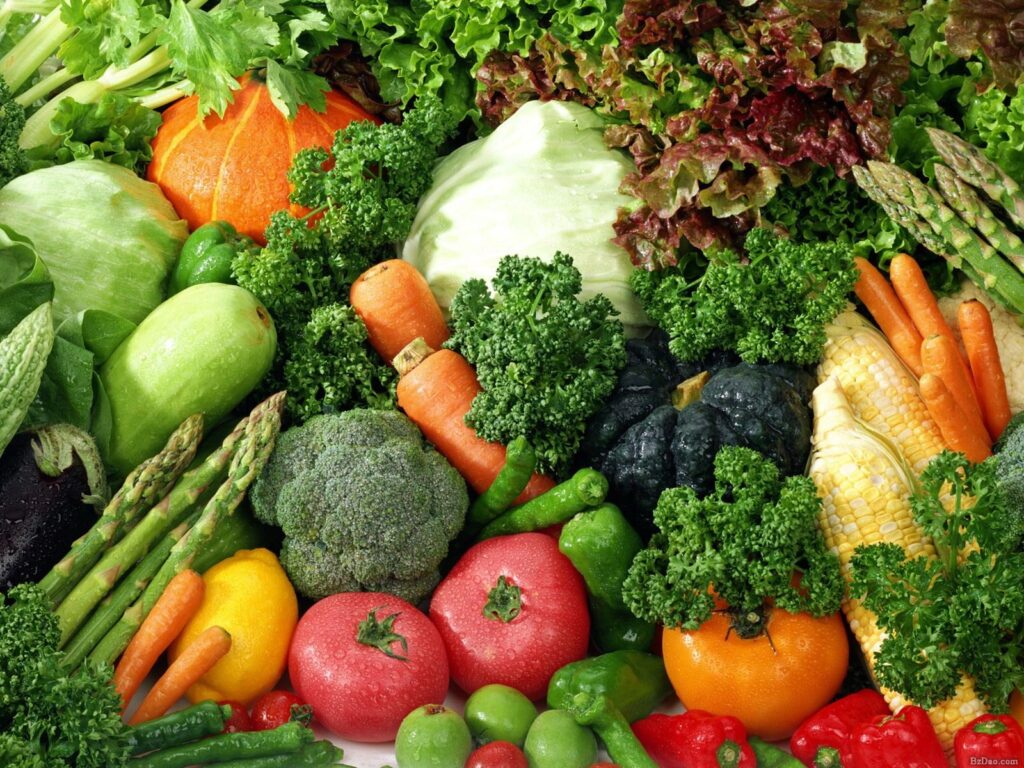
2. **Vitamin B1 (Thiamine)**Thiamine, commonly known as Vitamin B1, is a water-soluble vitamin that serves as an enzyme cofactor, playing a vital role in energy metabolism within the body. It is essential for nerve function and muscle activity. Because it is water-soluble, Thiamine is not stored in large quantities and requires more consistent intake than fat-soluble vitamins.
The most prominent deficiency disease associated with a lack of Vitamin B1 is beriberi. This condition can manifest in various forms, affecting the cardiovascular system (wet beriberi) or the nervous system (dry beriberi), leading to symptoms like muscle weakness, nerve damage, and heart problems. Another serious manifestation of severe thiamine deficiency is Wernicke–Korsakoff syndrome, which impacts the brain and can cause confusion, coordination issues, and memory loss.
The historical prevalence of beriberi in East Asia, particularly among populations whose staple food was polished white rice, shed light on the importance of Thiamine. Dr. Christiaan Eijkman’s observations in 1897, showing that feeding unpolished rice to chickens prevented a polyneuritis similar to beriberi, were instrumental in its discovery. Excellent food sources of Thiamine include pork, wholemeal grains, brown rice, various vegetables, potatoes, liver, and eggs, underscoring the benefits of a diverse diet.
Read more about: 14 Simple Ways to Transform Your Health with Regenerative Farming Products

3. **Vitamin B2 (Riboflavin)**Riboflavin, or Vitamin B2, is another crucial water-soluble vitamin that acts as an enzyme cofactor in numerous metabolic pathways. It is integral to cellular growth, energy production, and the metabolism of fats, drugs, and steroids. Riboflavin is particularly sensitive to light exposure, which can degrade its effectiveness, especially when foods are stored improperly.
Deficiency of Vitamin B2 is medically termed ariboflavinosis, and its warning signs primarily affect the mouth, skin, and eyes. Common symptoms include glossitis, which is the inflammation and swelling of the tongue, often giving it a magenta color. Angular stomatitis, characterized by painful cracks and lesions at the corners of the mouth, is another hallmark sign. Additionally, individuals may experience skin disorders and eye fatigue or sensitivity to light.
Incorporating riboflavin-rich foods into your daily diet is straightforward. Dairy products are a significant source of Vitamin B2. Other valuable sources include bananas, green beans, and asparagus. Ensuring a consistent intake of these foods helps prevent the uncomfortable and sometimes painful symptoms associated with riboflavin deficiency, promoting overall cellular health and function.
Read more about: 14 Simple Ways to Transform Your Health with Regenerative Farming Products

4. **Vitamin B3 (Niacin)**Niacin, also known as Vitamin B3, is a water-soluble vitamin that functions as an enzyme cofactor and can also be synthesized in the body from the amino acid tryptophan. It plays a pivotal role in over 200 enzymatic reactions, primarily involved in energy metabolism, DNA repair, and antioxidant mechanisms. Niacin is unique among the B vitamins for its distinct deficiency syndrome.
The classic deficiency disease for Niacin is pellagra, which historically posed a significant public health challenge in areas where corn, poor in tryptophan and niacin, was a dietary staple. Pellagra is characterized by the “3 Ds”: dermatitis (a severe skin rash, often symmetrical and sun-sensitive), diarrhea, and dementia (neurological symptoms including memory loss, confusion, and depression). If left untreated, pellagra can be fatal, hence the occasional “4th D” for death.
While severe pellagra is rare in the developed world today, largely due to food fortification programs where Niacin is added to staple foods like flour, it’s still important to maintain adequate intake. Good food sources include meat, fish, eggs, many vegetables, mushrooms, and tree nuts. The body’s stores of Niacin are not significant, typically lasting only a couple of weeks, underscoring the need for regular dietary intake to prevent deficiency symptoms.
Read more about: Decoding the Danger: 9 Alarming Health Effects of Energy Drinks You Can’t Afford to Ignore

5. **Vitamin B5 (Pantothenic Acid)**Pantothenic acid, or Vitamin B5, is a water-soluble vitamin that is ubiquitous in both plant and animal foods, making its name derived from the Greek word ‘pantos’, meaning ‘from everywhere’. It is a critical component of coenzyme A (CoA), which is essential for numerous metabolic reactions, including the synthesis and breakdown of fatty acids, cholesterol, and certain hormones. Vitamin B5 is crucial for energy production.
Because Pantothenic acid is so widespread in the food supply, isolated dietary deficiency is exceedingly rare in humans. However, experimental deficiencies or deficiencies in conjunction with other B vitamin shortfalls can lead to a range of non-specific symptoms. The most notable deficiency sign directly linked to pantothenic acid inadequacy is paresthesia, often described as a tingling, numbness, or “pins and needles” sensation in the hands and feet.
Given its prevalence, a varied diet typically provides sufficient amounts of Vitamin B5. Rich food sources include meat, particularly organ meats, broccoli, avocados, and whole grains. It is also found in many other foods, ensuring that most individuals receive adequate intake through their regular diet. This broad availability helps safeguard against the rare but possible neurological discomfort of paresthesia.
Read more about: Signal Lost? Expert Tips and Apps for Seamless Offline Navigation on Your Next Road Trip
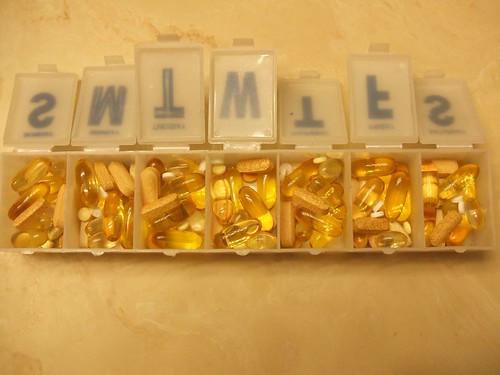
6. **Vitamin B6 (Pyridoxine)**Vitamin B6, a water-soluble vitamin, encompasses several related compounds including pyridoxine, pyridoxamine, and pyridoxal. It functions as an enzyme cofactor in more than 100 enzyme reactions, primarily involved in protein metabolism, red blood cell formation, and neurotransmitter synthesis. It is also important for immune function and cognitive development.
Deficiency in Vitamin B6 can lead to a variety of symptoms, often affecting the blood and nervous system. One of the primary warning signs is anemia, which can present as fatigue, weakness, and shortness of breath, due to its role in hemoglobin synthesis. Another significant indicator is peripheral neuropathy, characterized by nerve damage that can cause pain, tingling, or numbness in the extremities, similar to symptoms seen in some other B vitamin deficiencies.
Ensuring adequate Vitamin B6 intake is important for maintaining these vital bodily functions. Good sources include a wide array of foods such as meat, various vegetables, tree nuts, and bananas. These food items offer a broad spectrum of choices to help meet daily requirements. While deficiencies are not as common as some other vitamins, paying attention to a balanced diet is key to preventing these symptoms.
Read more about: Are You Getting Enough of This? The Essential Vitamins Every Woman Over 60 Needs for Optimal Health and Longevity
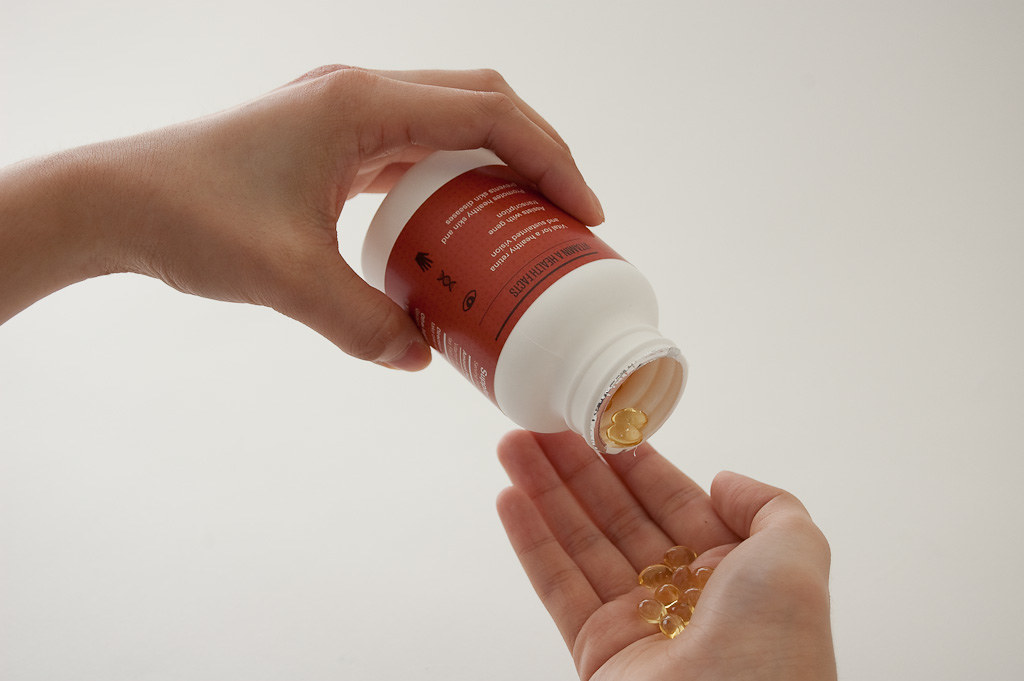
7. **Vitamin B7 (Biotin)**Biotin, also known as Vitamin B7, is a water-soluble B vitamin crucial for various metabolic processes, particularly the metabolism of fats, carbohydrates, and amino acids. It acts as a coenzyme for carboxylase enzymes, which are involved in synthesizing glucose and fatty acids. Interestingly, biotin can also be produced by microorganisms present in the gut flora, contributing to the body’s supply.
Warning signs of biotin deficiency, while relatively uncommon, can include dermatological and intestinal issues. Dermatitis, manifesting as a dry, scaly rash, often around the eyes, nose, and mouth, is a characteristic symptom. Additionally, enteritis, which is inflammation of the intestine, can occur, potentially leading to gastrointestinal discomfort. Hair loss and brittle nails have also been associated with severe biotin deficiency, though scientific evidence for these as primary symptoms is still being explored.
Certain dietary habits can interfere with biotin absorption; for example, avidin, a protein found in raw egg whites, can inhibit biotin absorption, though cooking deactivates this effect. To ensure sufficient intake, food sources rich in biotin include raw egg yolk (when cooked), liver, peanuts, and leafy green vegetables. Regular consumption of these foods supports metabolic health and helps prevent the dermatological and intestinal signs of deficiency.
Continuing our exploration of vital nutrients, this section delves into the warning signs associated with deficiencies in several more crucial vitamins: B9, B12, C, D, E, and K. We’ll also specifically highlight the heightened risks of certain deficiencies during the winter months and emphasize the importance of maintaining a balanced intake year-round for optimal health. Understanding these signs can empower you to take proactive steps towards preventing common health issues, particularly when seasonal factors might impact your nutrient levels.
Read more about: Signal Lost? Expert Tips and Apps for Seamless Offline Navigation on Your Next Road Trip
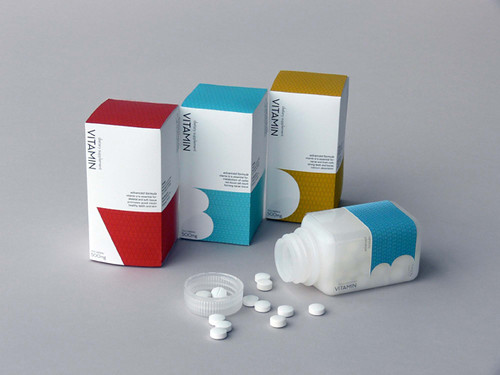
8. **Vitamin B9 (Folic Acid and Folates)**Vitamin B9, often known as folic acid in its synthetic form and folate in its natural form, is a water-soluble vitamin that plays a foundational role in numerous bodily processes. It is absolutely essential for DNA synthesis and repair, as well as cell growth and division. This makes it particularly critical during periods of rapid growth, such as pregnancy and infancy, but its importance extends to daily cellular maintenance for everyone.
A deficiency in Vitamin B9 can lead to significant health issues, most notably megaloblastic anemia. This condition is characterized by the production of abnormally large, immature red blood cells, which are inefficient at carrying oxygen. Symptoms can include fatigue, weakness, and shortness of breath. For pregnant individuals, an adequate intake of folate is paramount, as deficiency is strongly associated with severe birth defects, particularly neural tube defects in infants.
Ensuring sufficient Vitamin B9 intake is crucial, especially for those who are pregnant or planning to become pregnant. Leafy green vegetables such as spinach, asparagus, and broccoli are excellent natural sources of folate. Additionally, many staple foods like bread, pasta, and cereals are fortified with folic acid, making it easier to meet daily requirements. During winter, when access to fresh produce might sometimes feel more limited, being mindful of these fortified options or considering a supplement, especially if recommended by a healthcare provider, can be particularly beneficial.
Read more about: Are You Getting Enough of This? The Essential Vitamins Every Woman Over 60 Needs for Optimal Health and Longevity
9. **Vitamin B12 (Cobalamins)**Vitamin B12, or cobalamin, is a water-soluble vitamin that holds a unique position among the B vitamins. It is vital for nerve tissue health, brain function, and the production of red blood cells. B12 also plays a key role as an enzyme cofactor in the metabolism of every cell in the human body, particularly affecting DNA synthesis and regulation, as well as fatty acid and amino acid metabolism.
The warning signs of a Vitamin B12 deficiency can be far-reaching, affecting both the blood and the nervous system. Like folate deficiency, B12 deficiency can cause megaloblastic anemia, leading to symptoms like profound fatigue, weakness, and lightheadedness. More distinctively, a prolonged B12 deficiency can result in neurological issues, including numbness and tingling in the hands and feet (peripheral neuropathy), difficulty with balance, memory problems, and even changes in mood or personality.
Unlike most vitamins, Vitamin B12 is almost exclusively found in animal-derived foods. Excellent sources include meat, poultry, fish (especially salmon and tuna), eggs, and dairy products like milk and cheese. This makes B12 deficiency a particular concern for vegetarians and especially vegans, who must rely on fortified foods or supplements to meet their needs. While not directly tied to winter risks, maintaining a diverse diet is key, and individuals with dietary restrictions should be especially vigilant about their B12 status, perhaps considering supplementation as advised by a health professional, irrespective of the season.
Read more about: Are You Getting Enough of This? The Essential Vitamins Every Woman Over 60 Needs for Optimal Health and Longevity
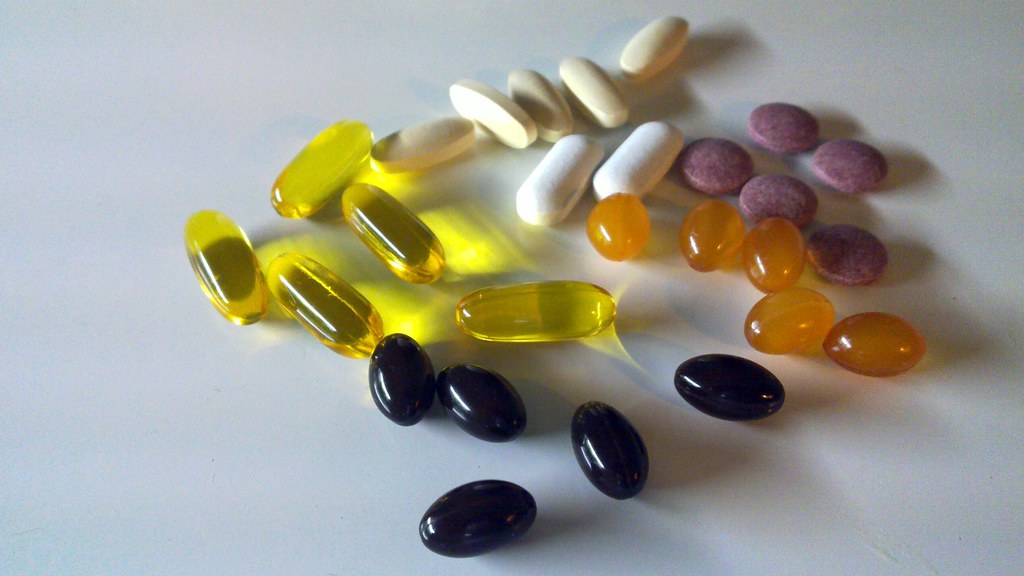
10. **Vitamin C (Ascorbic Acid and Ascorbates)**Vitamin C, scientifically known as ascorbic acid, is a powerful water-soluble antioxidant that is indispensable for overall health. It plays a critical role in the synthesis of collagen, a vital protein needed for healthy skin, tendons, ligaments, and blood vessels. Beyond structural support, Vitamin C is well-known for its contribution to immune function and its ability to protect cells from damage caused by free radicals.
Historically, a severe deficiency in Vitamin C led to scurvy, a debilitating disease that caused symptoms such as severe fatigue, poor wound healing, bleeding gums, joint pain, and anemia. While scurvy is rare in modern developed nations, suboptimal intake can still impact overall well-being, potentially contributing to a weakened immune response or slower recovery from minor injuries. The body’s stores of Vitamin C are not extensive, typically lasting from one to six months depending on prior intake, meaning consistent daily consumption is important.
Many fruits and vegetables are rich sources of Vitamin C, including citrus fruits (oranges, lemons), berries, bell peppers, tomatoes, and leafy greens. However, Vitamin C is quite susceptible to heat and light, meaning its content can be reduced during cooking or prolonged storage. During winter months, when fresh produce might be less varied or less available, it’s particularly important to prioritize these foods or consider methods of consumption that preserve nutrient content, like eating raw fruits and vegetables. Adequate Vitamin C intake is especially crucial during colder months to support a robust immune system.
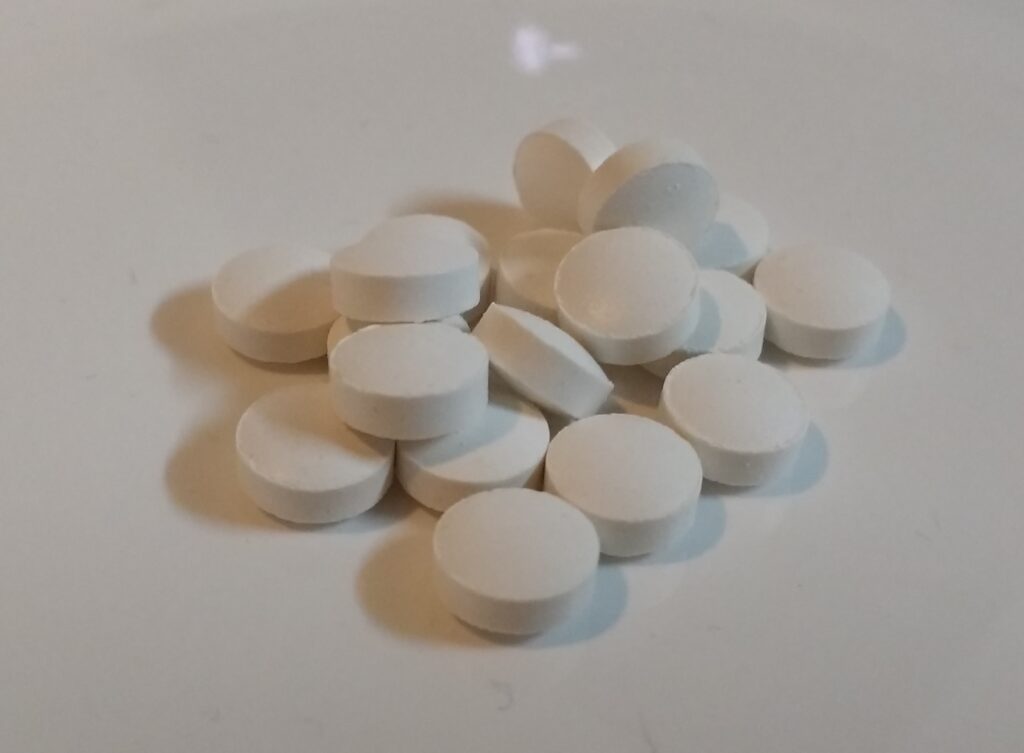
11. **Vitamin D (Calciferols)**Vitamin D, encompassing various forms like D2 (ergocalciferol) and D3 (cholecalciferol), functions uniquely as a hormone in the body, primarily regulating the metabolism of minerals like calcium and phosphorus. This makes it absolutely essential for bone health, playing a key role in calcium absorption in the gut and maintaining proper bone mineralization. Beyond its bone-centric roles, emerging research suggests Vitamin D’s importance in immune function, cell growth, and reducing inflammation.
A significant deficiency in Vitamin D can lead to serious bone conditions. In children, it causes rickets, characterized by soft, weak bones and skeletal deformities. In adults, the corresponding condition is osteomalacia, leading to bone pain, muscle weakness, and an increased risk of fractures. These symptoms highlight the profound impact Vitamin D has on the integrity and strength of our skeletal system.
The most distinctive aspect of Vitamin D is its primary source: synthesis in the skin upon exposure to ultraviolet B (UVB) radiation from sunlight. Dietary sources include fatty fish (like salmon, mackerel, and sardines), fish liver oils, and eggs from hens fed Vitamin D. Many dairy products and cereals are also fortified with Vitamin D. However, during the winter months, particularly in regions with limited daylight hours or less intense sunlight, skin synthesis of Vitamin D is significantly reduced or even negligible. This makes winter a critical period for heightened risk of deficiency, underscoring the importance of dietary sources and, for many, professional guidance on supplementation to maintain adequate levels and prevent deficiency.
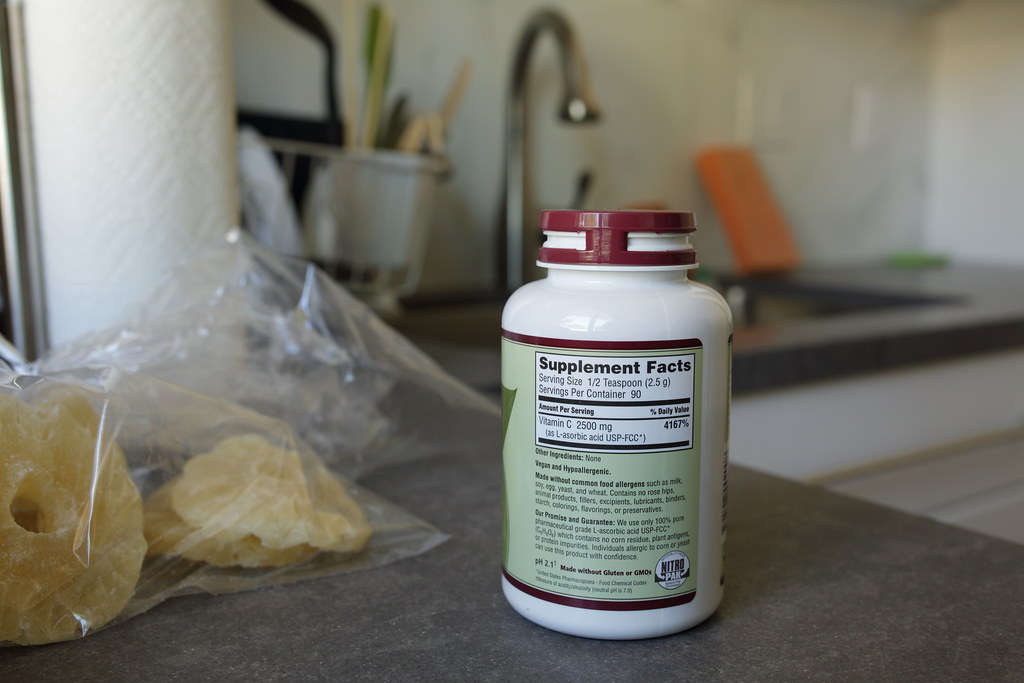
12. **Vitamin E (Tocopherols and Tocotrienols)**Vitamin E is a fat-soluble vitamin renowned for its powerful antioxidant properties. It consists of a group of eight related compounds, including four tocopherols and four tocotrienols, all working to protect the body’s cells from oxidative damage caused by free radicals. This protective action is crucial for maintaining cellular integrity, supporting immune function, and promoting healthy skin and eyes.
While Vitamin E is an essential nutrient, a deficiency in it is quite rare in healthy individuals who consume a varied diet. When it does occur, often due to underlying conditions that impair fat absorption (such as cystic fibrosis or specific genetic disorders), symptoms can include mild hemolytic anemia in newborn infants, muscle weakness, impaired vision, and nerve damage. The body stores Vitamin E, predominantly in fatty tissues and the liver, which contributes to the rarity of primary dietary deficiencies.
To ensure adequate intake, focus on a diet rich in Vitamin E sources. These include many fruits and vegetables, particularly leafy green vegetables, as well as nuts (almonds, peanuts, hazelnuts), seeds (sunflower seeds), and various seed oils (wheat germ oil, sunflower oil). While there isn’t a direct heightened risk specifically in winter, consistent consumption of these nutrient-dense foods throughout the year is key to leveraging Vitamin E’s protective benefits and supporting overall cellular health.

13. **Vitamin K (Phylloquinones, Menaquinones, and Menadiones)**Vitamin K is a fat-soluble vitamin crucial for several vital bodily functions, primarily known for its role in blood coagulation. It is essential for the synthesis of several proteins that regulate blood clotting. Beyond this, Vitamin K is also gaining recognition for its involvement in bone metabolism, helping to ensure proper bone mineralization and potentially contributing to bone density.
The most prominent warning sign of Vitamin K deficiency is impaired blood clotting, medically termed bleeding diathesis. This can manifest as easy bruising, nosebleeds, bleeding gums, or excessive bleeding from minor cuts. In severe cases, internal bleeding can occur. Newborn infants are particularly vulnerable to Vitamin K deficiency bleeding if they do not receive a prophylactic dose at birth. While primary dietary deficiency is uncommon in adults due to its widespread presence in food and production by gut bacteria, certain medications or malabsorption conditions can lead to secondary deficiencies.
Vitamin K comes in two main natural forms: K1 (phylloquinone), found abundantly in green leafy vegetables like spinach, kale, and broccoli, and K2 (menaquinone), found in animal products (poultry, eggs, beef, pork, fish) and fermented foods like natto, and also produced by bacteria in the gut. Ensuring a regular intake of leafy green vegetables, even during winter months when fresh options might be less abundant, is important. A balanced diet incorporating these diverse sources helps maintain sufficient Vitamin K levels, supporting healthy blood clotting and bone health.
Understanding the warning signs of vitamin deficiencies is a crucial step in maintaining your health, especially as seasonal changes like winter can influence dietary habits and sunlight exposure. While severe deficiencies are less common today, suboptimal intake can still impact your well-being. If you recognize any of these persistent symptoms, it’s important to consult with a healthcare professional. They can provide accurate diagnosis, guidance on dietary adjustments, and discuss whether supplementation is appropriate for your individual needs. Prioritizing a varied and nutrient-rich diet, along with being mindful of specific seasonal risks, is your best defense against vitamin deficiencies and a proactive approach to lifelong wellness. Remember, your body provides subtle clues; listening to them is the first step toward better health.

